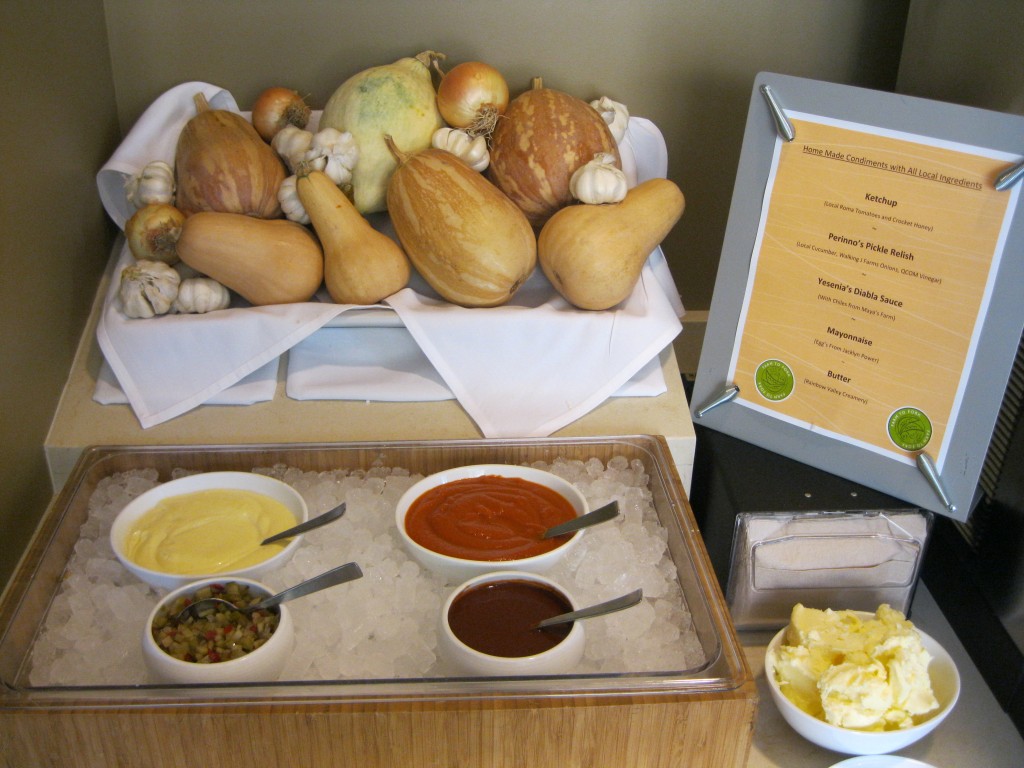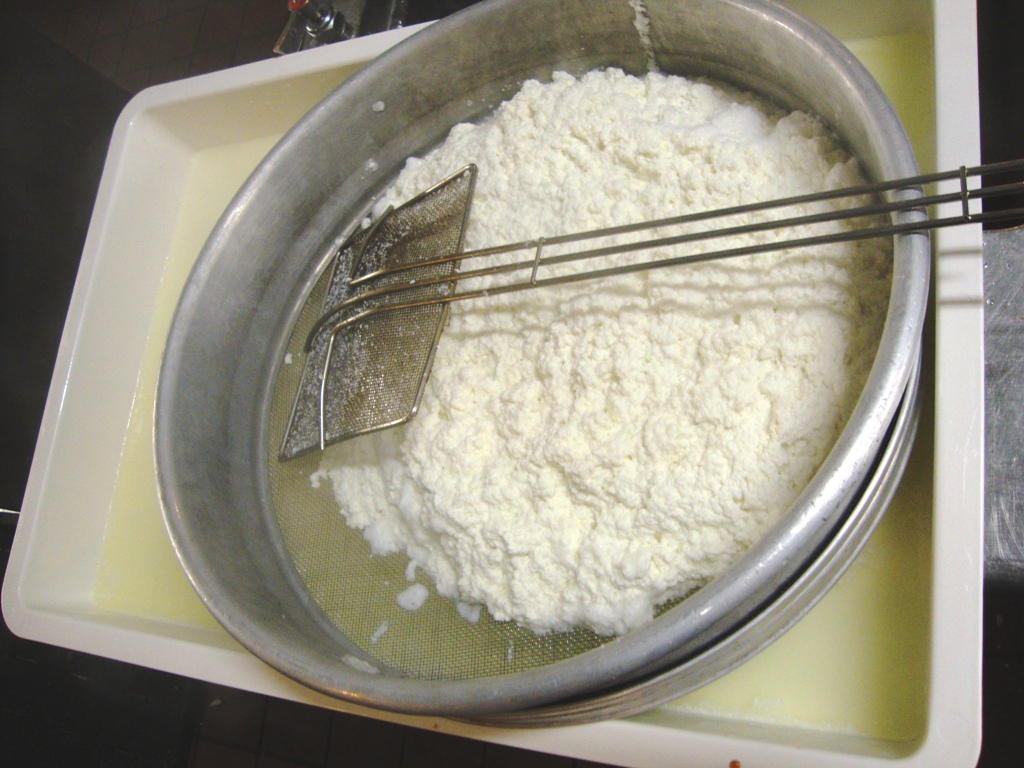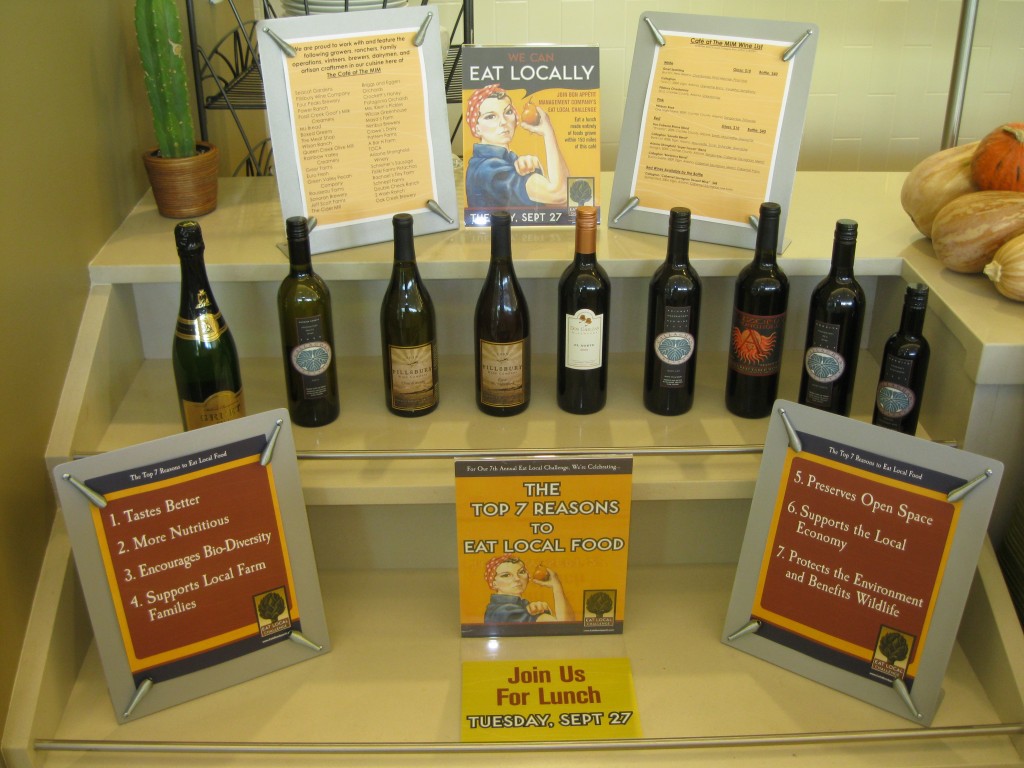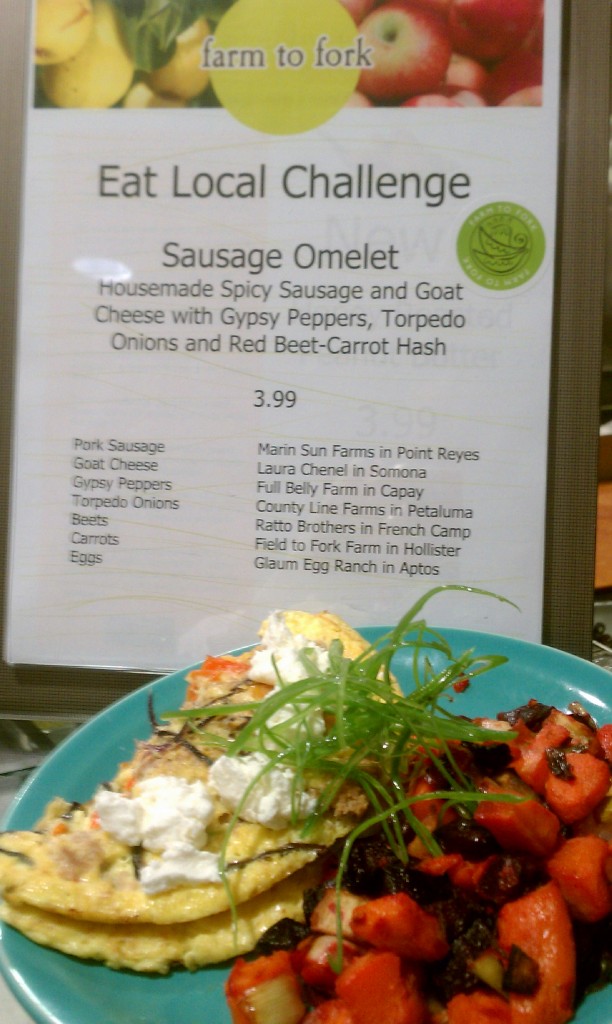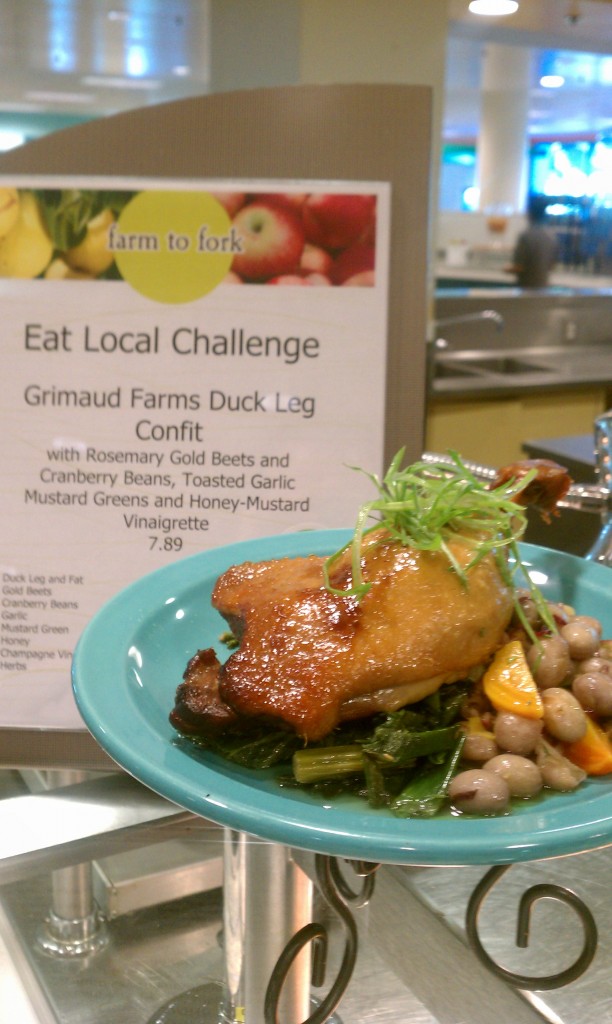Eat Local Challenge 2011: Nourishing Guests, Communities, and the Environment
How local can you go — food wise? That was the challenge taken up by dozens of Bon Appétit Management Company chefs in 31 states for the seventh annual Eat Local Challenge on Tuesday, September 27, 2011. Some cooked a meal from 99.9% local ingredients, with salt as the only allowable non-local ingredient. A few went 100% local — meaning they even foraged for salt from within 150 miles of the café. Others focused on serving one excellent local meal.
The reasons to source local ingredients are simple but important if you care about sustainability: it tastes better, is more nutritious, encourages biodiversity, preserves open space, and protects the environment, just to name a few. The companywide Farm to Fork program has helped Bon Appétit accounts learn about what’s available in their area throughout the year, and how to use it. The initiative asks chefs to buy as many products from small, owner-operated farms and producers as possible; chefs buy everything from meat and produce to grains, flours and granola.
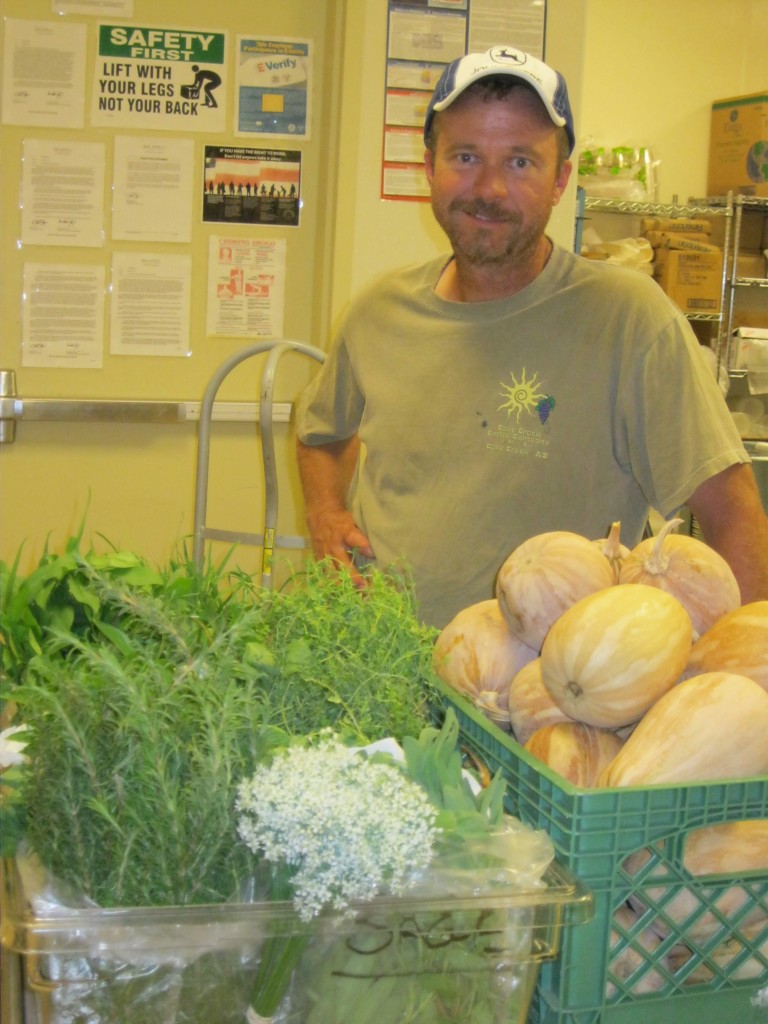
Dave Jordan from Two Wash Ranch in Phoenix, AZ, supplied the Musical Instrument Museum with fresh herbs for its ELC meals.
Eat Local Challenge encourages chefs to get creative and utilize these local producers and resources like never before. (See the photos at right and below for a look at what some of our teams did for ELC 2011.) It also lets us support our local farmers, communities, and economies.
“We have relationships with more than 160 local farmers, including Oya Organics, which started last year by Marsha Habib, a former adviser and farm manager for SCU’s Bronco Urban Gardens,” said Bob Lubecky, general manager at Santa Clara University in an interview with the Silicon Valley BizBlog.
The Idaho Press Tribune talked to Catering Lead Justin Christensen from College of Idaho, who said he likes to purchase from local producers because ““We know that they care … about giving the best to us so we can make beautiful food out of it.”
Wheaton College was recently chosen by Princeton Review as having the best cafeteria food, and Executive Chef Patrick Cassata is happy to say that food includes many local ingredients. He told the Trib Local, “This is my third year of the Eat Local Challenge, and it never gets old. I really enjoy being reminded of how Bon Appétit uses the kitchen to nourish not only people, but also local economies, and the planet.”
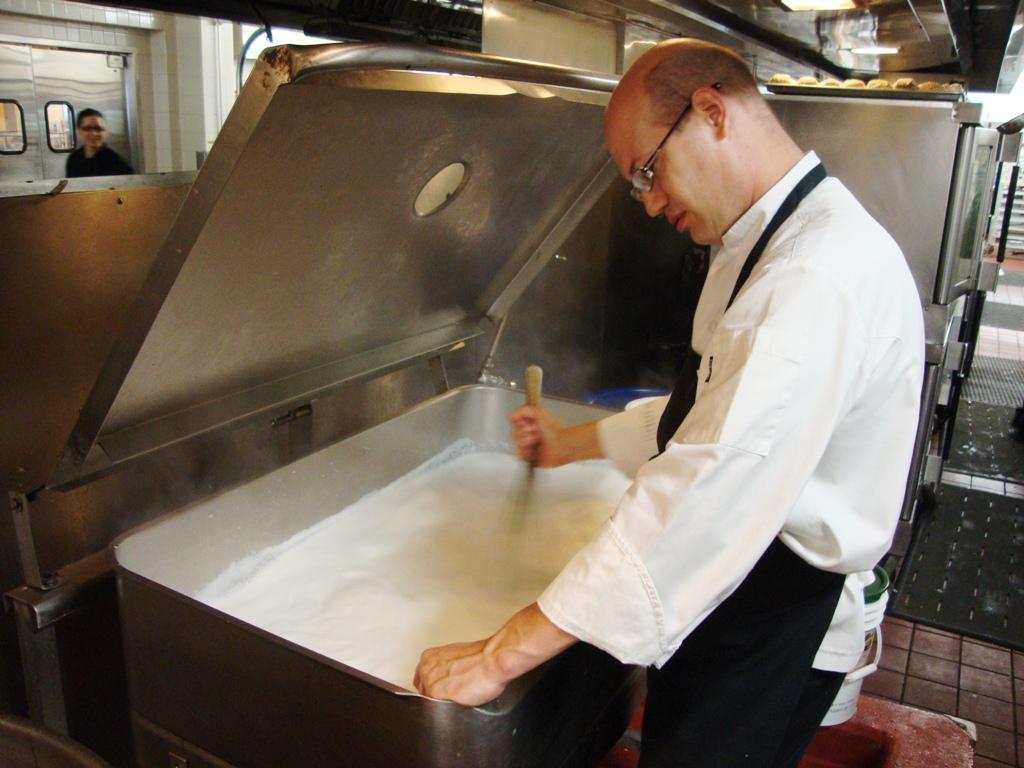
At Santa Clara University, Executive Chef David Anderson made a farmers' market style cheese from local milk and SparrowLane (local) vinegar, for use throughout the café.
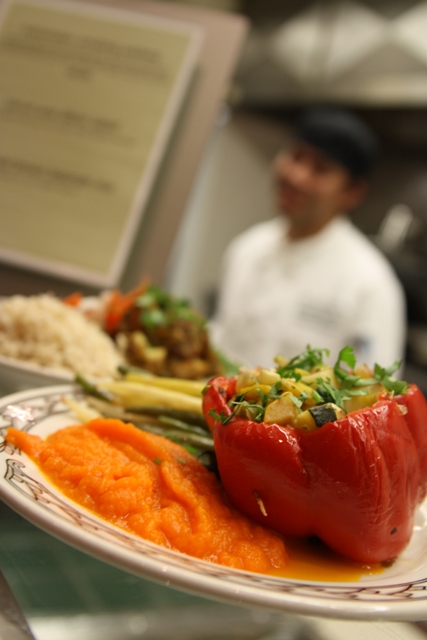
Chefs at Woodbury University created white-corn-and squash-stuffed bell peppers, with produce from Underwood Farms (bell peppers, corn, zucchini, yellow squash), Weiser Farms (heirloom potatoes), Babe Farms (garlic),Kenter Canyon Farms (cilantro), and Olive Hill Farm (olive oil).
